Oranges Molded-Blowned Cameo Chandelier
Large triple glass ceiling light with a slightly rounded conical body.
Green and orange-brown multilayer glass on a whitish yellow background.
Design in molded-blown art glass slightly wheel-cut engraved.
Gilded bronze supports, Oranges design as well on the upper part, chains and ceiling light.
Cameo Signed Gallé
Circa 1900
Diameter 49,5 cm Height 65 cm
Bibliography: Alastair Duncan & George de Bartha, Glass by Gallé, Harry N. Abrams, New York, 1984, same model illustrated under n°244 p. 269.
Émile Gallé (1846–1904)
French artist and designer Émile Gallé is widely considered to be a progenitor of the Art Nouveau movement, particularly in the areas of art glass and furniture. Gallé was an innovator at a time when the industrial age and advances in science presented ever-increasing possibilities in technology and materials. Born in 1846 in Nancy, France, he began learning enameling and decorative painting techniques at a young age, as his father was the proprietor of a traditional glass and faience company. Gallé went on to study botany, philosophy, chemistry, and art before studying glassmaking at Meisenthal and traveling extensively around Europe. In 1867, he joined his father’s business; just seven years later, his father turned the business over to Émile.
Gallé’s early glass was heavily inspired by the Asian collections at the Victoria & Albert Museum in London, which he had visited during his studies, and much of his work from the 1870s and 1880s reflects a Japanese decorative influence. At the Paris Exposition Universelle of 1878, Gallé won the Grand Prix, garnering him wide recognition for his exquisitely decorated enamel-painted glass depicting scenes from nature, flora, and fauna.
At the Exposition Universelle of 1878, Galle was exposed to cameo glass by English craftsmen Locke and Northwood. He began to experiment with this style and went on to develop new techniques, incorporating flares of color, metal foils, or small, intentional bubbles, combining them with traditional methods of inlay, enamels, and etching. One of his most sought-after innovations was his inclusion of a whimsical, poetic phrase in the glass, which came to be known as verrerie parlante. In 1883 he also opened a furniture workshop that produced sumptuous, beautifully designed and executed Art Nouveau style marquetry. By the mid-1880s, Galle had hit his stride, exhibiting over 300 works at the 1884 Union Centrale des Arts Décoratifs in Paris, and then again at the Paris Exposition Universelle of 1889.
Gallé’s work was in high demand and his company enjoyed great success: by 1889 he had over 300 employees working to execute his designs. His factory revolutionized glass art manufacture by becoming the first to mass-produce pieces using industrial techniques. Other glass makers around France were heavily influenced by Gallé, including Daum, who experimented with similar cameo glass techniques of wheel-carving and acid-etching. In 1901, Gallé founded the Ecole de Nancy, the Alliance Provinciale des Industries d’Art in order to organize Art Nouveau decorative artists and promote the industry. At the 1900 Paris Exposition Universelle, considered to be the pinnacle of his career, his work received two Grand Prix and a Gold Medal, and later the same year he was elected to the prestigious Légion d'Honneur.
Unfortunately, Gallé’s health began to decline after the turn of the 20th century, and in 1904 he passed away from Leukemia. Victor Prouvé stepped in as President of the Ecole de Nancy, and Gallé’s widow Henriette kept the business going until World War I broke out in 1914. Production restarted in the 1920s using designs by Galle’s son-in-law, but struggled greatly in the 1930s. Due to the Depression and their inability to keep pace with changing styles, the company closed in 1936. Nonetheless, Émile Gallé left an indelible mark in the history of decorative arts and his work can be found in countless private and public collections worldwide.












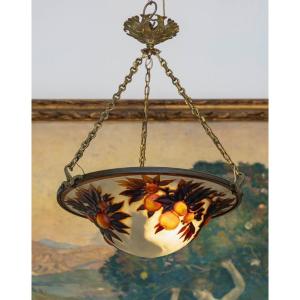










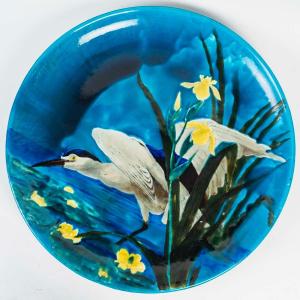

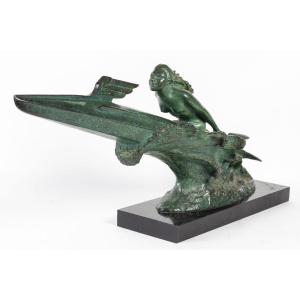


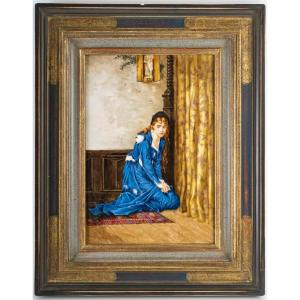

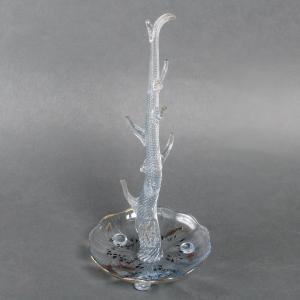
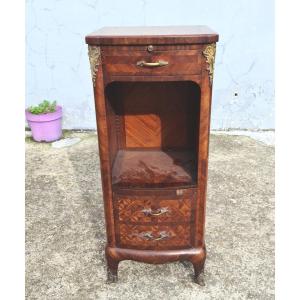


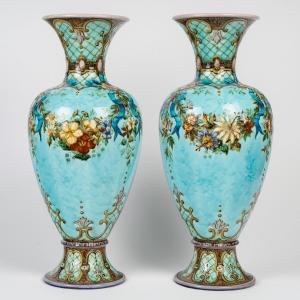



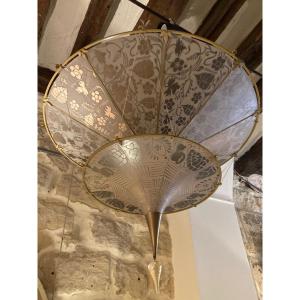
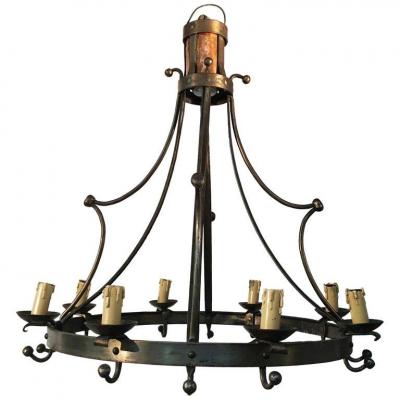
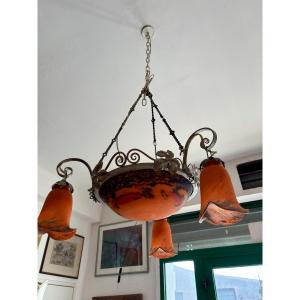

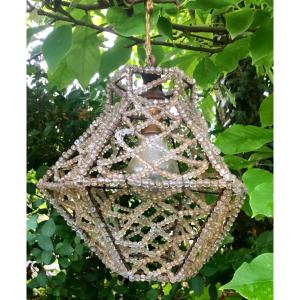



 Le Magazine de PROANTIC
Le Magazine de PROANTIC TRÉSORS Magazine
TRÉSORS Magazine Rivista Artiquariato
Rivista Artiquariato